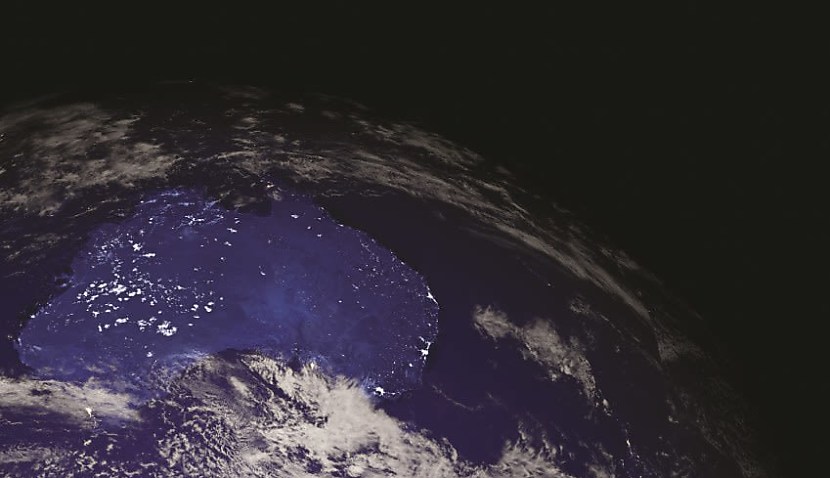
The board will provide independent, external advice on the “strategic direction of Australia’s civil space sector” alongside “commercial, scientific and technological advice”.
Applicants can apply here and have until 21 February.
The Space Agency said candidates should be experts and leaders in areas such as “the space industry, space-adjacent sectors, science and technology, research and development, commercialisation, global or national networks relevant to space activities, government and policy experience, venture capital, national security and resilience, and the intersection between civil and military space”.
They would also need a strong understanding of the interface between science and public policy, with “significant experience in providing evidence-based advice to senior levels of government”.
It comes after Space Connect reported on the latest tranche of companies to be awarded grants under its Supply Chain Capability Improvement Grants program.
Winning applicants include a heater unit that uses radiation to protect payloads from the extremely low temperatures on the moon and “cutting-edge gravity measurement instrument”.
“These projects demonstrate the ingenuity that Australia has to offer our international partners in space,” said Enrico Palermo, the head of the Australian Space Agency.
“Through this investment, we are helping Australian companies gain crucial space heritage and grow strong customer bases – which will generate more opportunities for Australia to collaborate on the global stage.”
entX’s heater unit, which received $1 million, uniquely uses a beta-emitting radioisotope – a chemical that releases radiation as it breaks down – as an energy source.
“Embarking on an exciting journey towards lunar occupation in the upcoming decades, securing a reliable source of thermal energy solutions is paramount,” said entX general manager Scott Edwards.
“Robust radioisotope heater unit will play a pivotal role in ensuring the safety and effectiveness of lunar surface exploration through the enigmatic lunar night.
“Moreover, extending asset availability during lunar nights by leveraging advanced energy technologies creates a step change in the amounts of data collected, processed and transmitted, leading to a maximised mission ROI.”

Adam Thorn
Adam is a journalist who has worked for more than 40 prestigious media brands in the UK and Australia. Since 2005, his varied career has included stints as a reporter, copy editor, feature writer and editor for publications as diverse as Fleet Street newspaper The Sunday Times, fashion bible Jones, media and marketing website Mumbrella as well as lifestyle magazines such as GQ, Woman’s Weekly, Men’s Health and Loaded. He joined Momentum Media in early 2020 and currently writes for Australian Aviation and World of Aviation.
Receive the latest developments and updates on Australia’s space industry direct to your inbox. Subscribe today to Space Connect here.









